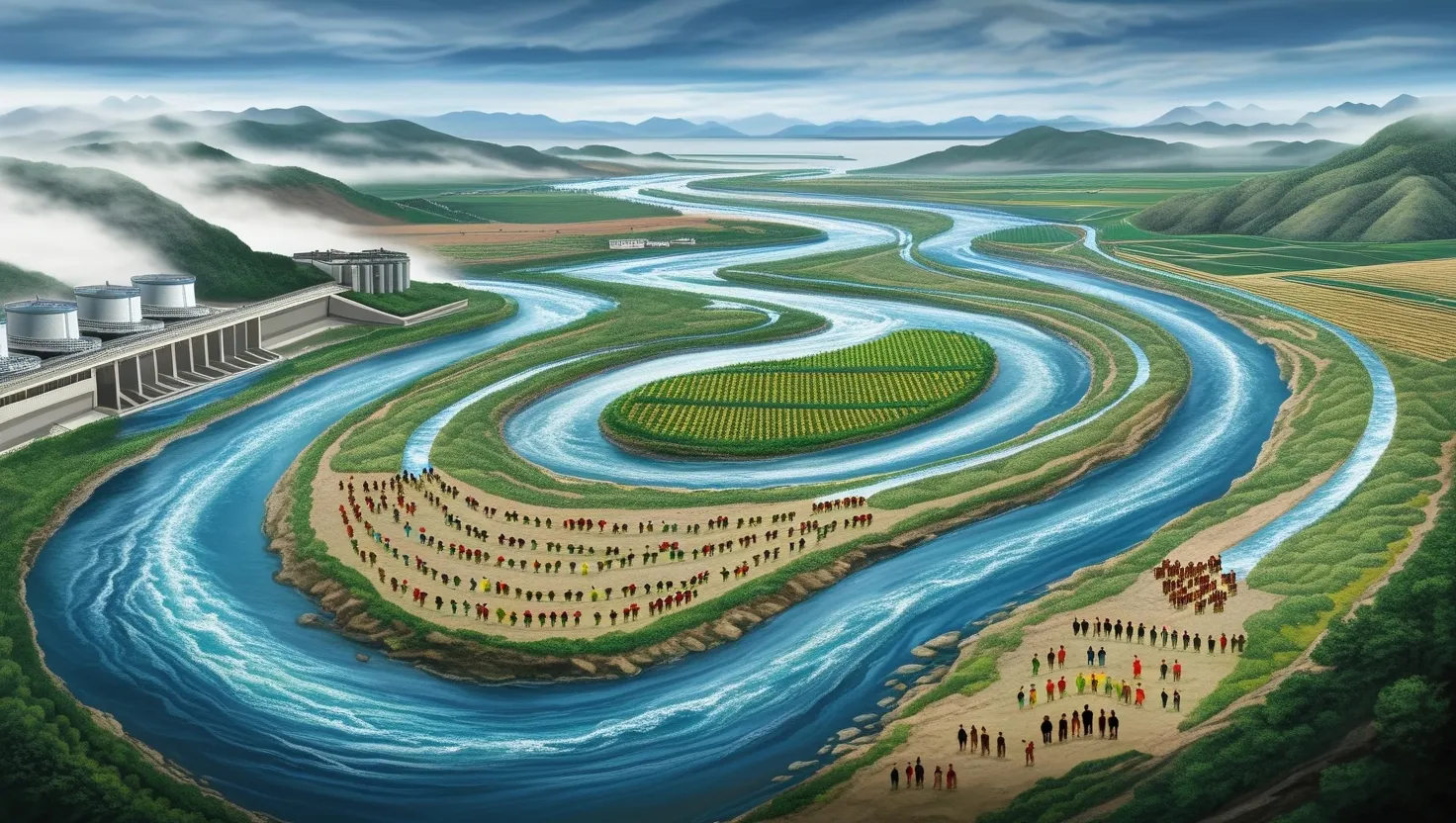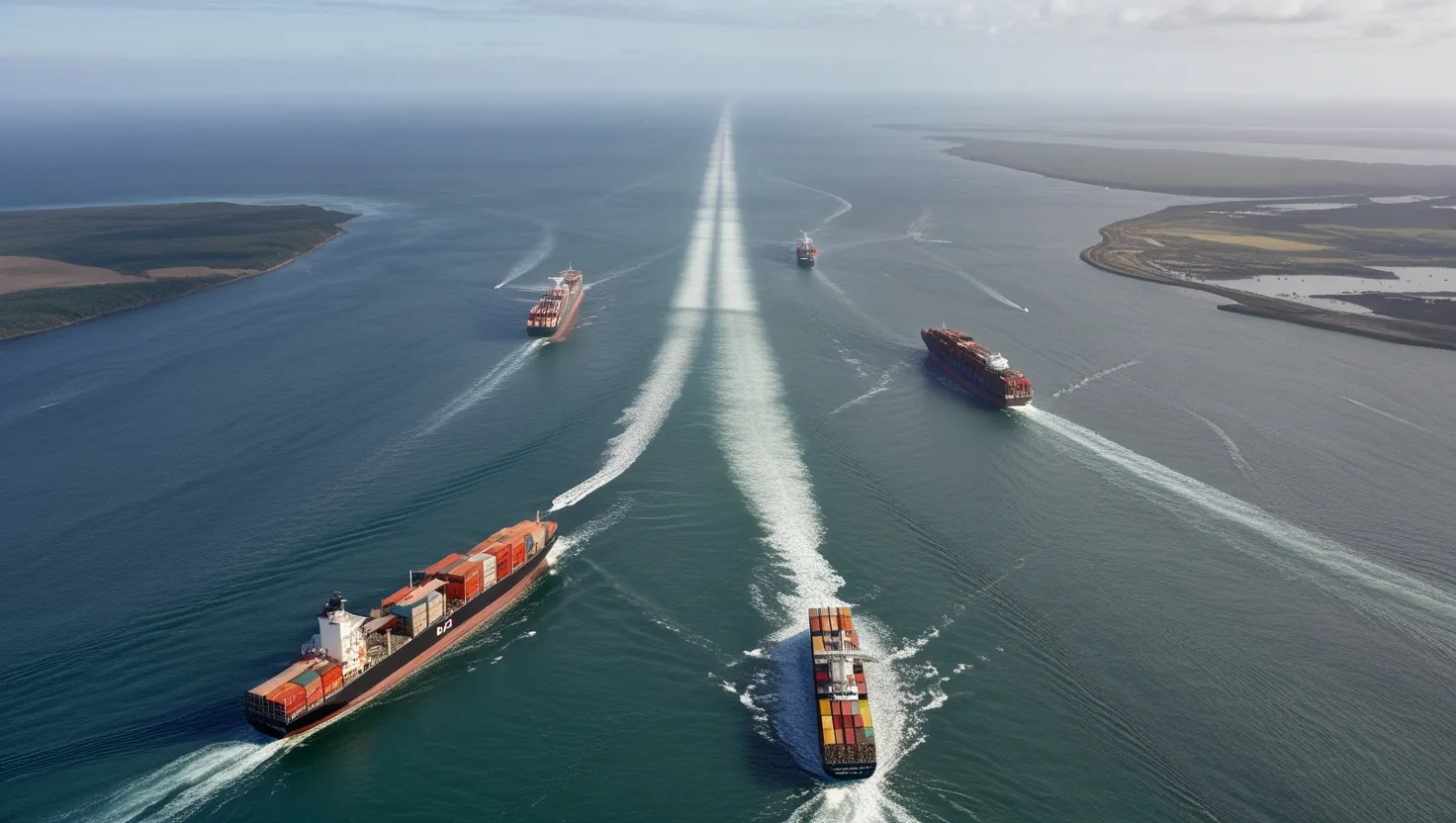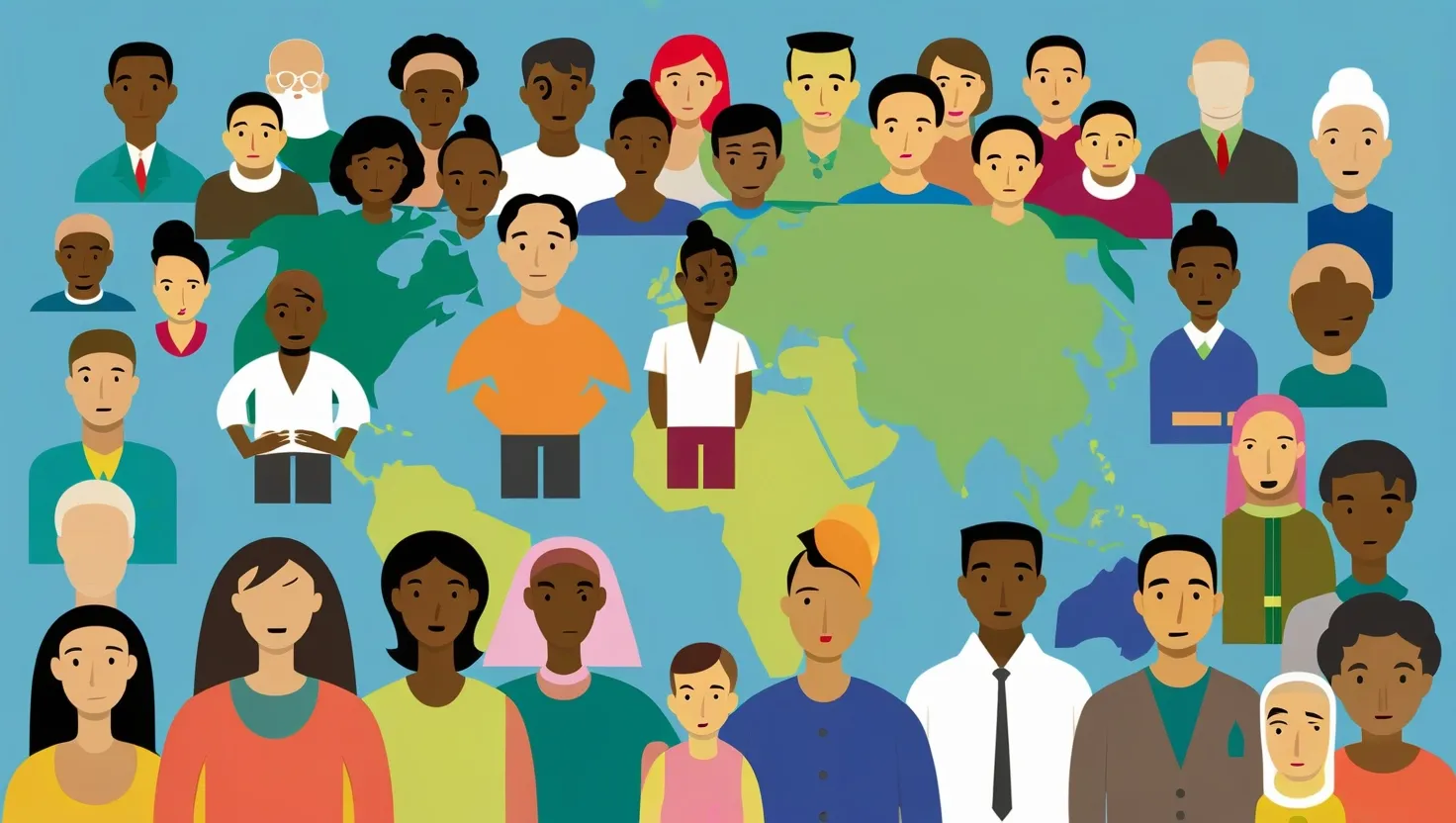In the intricate web of global commerce, international trade agreements serve as the linchpins that shape the dynamics of international trade, influencing everything from market access and regulatory standards to economic growth and geopolitical relationships. Here, we delve into five pivotal agreements that are reshaping the global trade landscape, each with its unique set of implications and opportunities.
The Evolution of NAFTA to USMCA
When the North American Free Trade Agreement (NAFTA) was first signed in the early 1990s, it marked a significant shift in the trade relations between the United States, Canada, and Mexico. However, as the global economic landscape evolved, so did the need for a more modern and comprehensive agreement. This led to the birth of the United States-Mexico-Canada Agreement (USMCA), which came into effect in 2020.
The USMCA is more than just an update; it’s a reflection of the changing times and the new challenges faced by global trade. It includes provisions on digital trade, intellectual property, and labor standards that were not present in NAFTA. For instance, the agreement sets higher standards for labor rights and environmental protection, which can significantly impact how businesses operate across the border.
One of the lesser-known aspects of the USMCA is its impact on the automotive industry. The agreement introduces new rules of origin that require a higher percentage of car parts to be made in North America to qualify for tariff-free treatment. This has led to a reshuffling of supply chains, with many manufacturers investing heavily in local production to comply with these new rules.
The EU-Japan Economic Partnership Agreement
On the other side of the globe, the European Union and Japan have forged a monumental trade agreement that has far-reaching implications. The EU-Japan Economic Partnership Agreement (EPA), which came into force in 2019, is one of the largest trade agreements ever negotiated by the EU, covering a market of over 600 million people.
This agreement is not just about reducing tariffs; it’s about creating a seamless trade environment. It simplifies customs procedures, reduces technical barriers, and enhances protection for intellectual property rights. For small and medium-sized enterprises (SMEs), this agreement opens up new avenues for business, particularly in sectors like agriculture, textiles, and medical devices.
One interesting aspect of the EU-Japan EPA is its focus on geographical indications. This means that products like Japanese sake and European cheeses will have protected status, ensuring their authenticity and quality. This not only benefits the producers but also enhances consumer trust and satisfaction.
The African Continental Free Trade Area (AfCFTA)
In Africa, a historic trade agreement is underway, one that promises to transform the continent’s economic landscape. The African Continental Free Trade Area (AfCFTA) aims to create a single market for goods and services across all 55 African countries, eliminating tariffs and other trade barriers.
AfCFTA is more than just an economic initiative; it’s a vision for African integration and development. By creating a unified market, it encourages intra-African trade, which has historically been low compared to other regions. This agreement has the potential to boost economic growth, create jobs, and reduce poverty by increasing access to a vast market.
However, the implementation of AfCFTA is not without its challenges. The agreement requires significant infrastructure development, including better roads, ports, and digital connectivity. Additionally, there are concerns about the readiness of some African countries to compete in a more open market, highlighting the need for capacity building and support.
The Comprehensive and Progressive Agreement for Trans-Pacific Partnership (CPTPP)
In the Asia-Pacific region, the Comprehensive and Progressive Agreement for Trans-Pacific Partnership (CPTPP) has emerged as a significant trade pact. Originally conceived as the Trans-Pacific Partnership (TPP), it was revamped after the United States withdrew from the agreement.
The CPTPP is notable for its comprehensive approach to trade liberalization. It covers not only goods but also services, investment, and digital trade. The agreement sets high standards for trade practices, including provisions on labor rights, environmental protection, and intellectual property.
One of the unique features of the CPTPP is its focus on regulatory coherence. It aims to harmonize regulatory standards across member countries, making it easier for businesses to operate in multiple markets. This has particular implications for industries like pharmaceuticals and medical devices, where regulatory compliance can be a significant barrier.
The Regional Comprehensive Economic Partnership (RCEP)
The Regional Comprehensive Economic Partnership (RCEP) is another giant in the world of international trade agreements. Signed in 2020, it involves 15 countries in the Asia-Pacific region, including China, Japan, and the ASEAN nations.
RCEP is the largest trade agreement in terms of population and GDP, covering nearly a third of the world’s population and about 30% of global GDP. It aims to reduce tariffs and other trade barriers, creating a more integrated market in the region.
One of the lesser-known aspects of RCEP is its impact on the digital economy. The agreement includes provisions on e-commerce and digital trade, which are crucial in today’s digital age. This could lead to increased cross-border data flows, enhanced cybersecurity measures, and more robust digital infrastructure.
Impact on Trade Flows and Economic Growth
These agreements collectively have a profound impact on global trade flows. By reducing tariffs and non-tariff barriers, they facilitate the free flow of goods and services, leading to increased trade volumes and economic growth.
For instance, the EU-Japan EPA has already seen significant increases in trade between the two regions, particularly in sectors like agriculture and automotive. Similarly, the CPTPP has boosted trade among its member countries, with many businesses taking advantage of the new market access opportunities.
However, these agreements also come with challenges. The reduction of tariffs can lead to job losses in industries that are not competitive enough to survive in an open market. This has been a contentious issue in many countries, highlighting the need for policies that support workers who may be displaced.
Altering Supply Chains
International trade agreements are not just about trade; they are also about reshaping supply chains. The USMCA’s rules of origin, for example, have forced many automotive manufacturers to rethink their supply chains, investing in local production to comply with the new regulations.
Similarly, the RCEP is expected to alter supply chains in the Asia-Pacific region. With reduced tariffs and simplified customs procedures, businesses are likely to optimize their supply chains to take advantage of the new trade environment.
Influencing Consumer Choices
These agreements also have a direct impact on consumer choices. By increasing the variety of products available in the market and reducing prices due to lower tariffs, consumers benefit from a more competitive and diverse market.
For instance, the AfCFTA could lead to a wider availability of African products in local markets, promoting cultural exchange and economic integration. Similarly, the EU-Japan EPA has made it easier for consumers to access high-quality products from both regions, enhancing consumer satisfaction.
Geopolitical Relationships
International trade agreements are not just economic tools; they also have significant geopolitical implications. The RCEP, for example, is seen as a way for China to strengthen its economic influence in the Asia-Pacific region.
The USMCA, on the other hand, reflects the evolving relationship between the United States, Canada, and Mexico. It addresses issues like labor rights and environmental protection, which are critical in the current global context.
Challenges and Controversies
While these agreements offer numerous benefits, they are not without their challenges and controversies. One of the major concerns is the impact on local industries that may not be competitive enough to survive in an open market.
The AfCFTA, for instance, faces challenges related to infrastructure and capacity building. Many African countries lack the necessary infrastructure to fully benefit from the agreement, highlighting the need for significant investment in roads, ports, and digital connectivity.
Broader Implications for Global Economic Integration
These agreements collectively point towards a more integrated global economy. By reducing trade barriers and harmonizing regulatory standards, they create a more seamless and efficient trade environment.
However, they also highlight the complexities and challenges of global trade. The need for policies that support workers, protect the environment, and ensure fair competition is more pressing than ever.
In conclusion, international trade agreements are the backbone of global commerce, shaping market access, trade rules, and business strategies. As we move forward in this increasingly interconnected world, understanding the implications of these agreements is crucial for businesses, policymakers, and consumers alike. They offer a glimpse into a future where trade is not just about economic growth but also about integration, cooperation, and mutual benefit.






